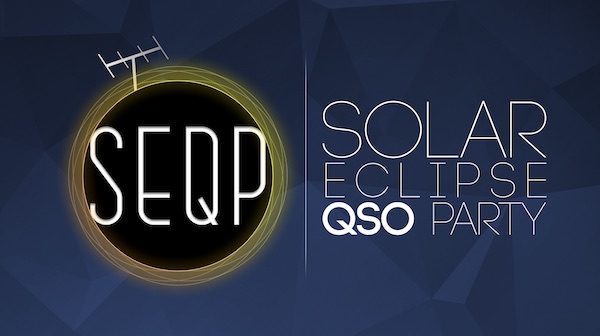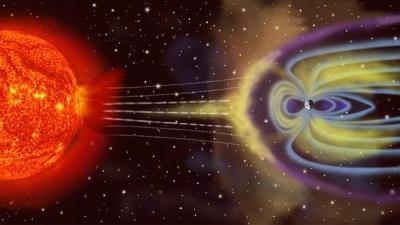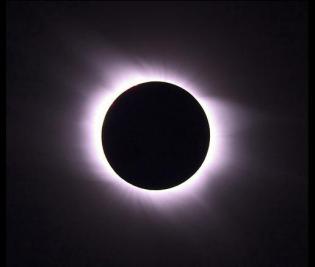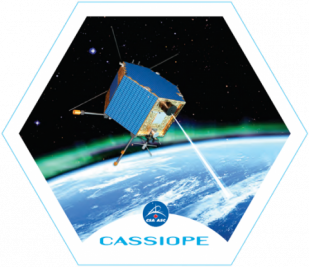| |
Project |
Description |
Science Questions |
|

|
|
|
|
 |
Personal Space Weather Station |
The Personal Space Weather Station project ultimately aims to create a small, multi-instrument system that can make ground-based measurements of the space environment. |
- How does the ionosphere respond to inputs from space and from the neutral atmosphere?
- How does the ionosphere couple with the neutral atmosphere and with space?
|
 |
Eclipse and Frequency Measurement Festivals |
Eclipse and Frequency Measurement Festivals are worldwide citizen science campaigns in which hams and shortwave listeners measure Doppler shift from their home stations, using their regular HF receivers. |
- How does the ionosphere couple with the neutral atmosphere and with space?
- How do solar eclipses impact ionospheric structure and dynamics?
|
 |
Sources and Measurement of Traveling Ionospheric Disturbances |
Traveling Ionospheric Disturbances (TIDs) are variations in the ionosphere that can impact medium frequency (MF) and high frequency (HF) radio communications through fading (QSB) and by causing variations in communications distance. In this project, we use data from large-scale amateur radio networks such as the Reverse Beacon Network, WSPRnet, and PSKReporter to study the sources, characteristics, and dynamics of TIDs. |
- How does energy move from the lower atmosphere to the upper atmosphere to generate TIDs?
- What percentage of observed TIDs correlated with geomagnetic activity what percentage are not?
- What is the TID longitudinal dependence on 2D stratospheric polar vortex configuration?
|







